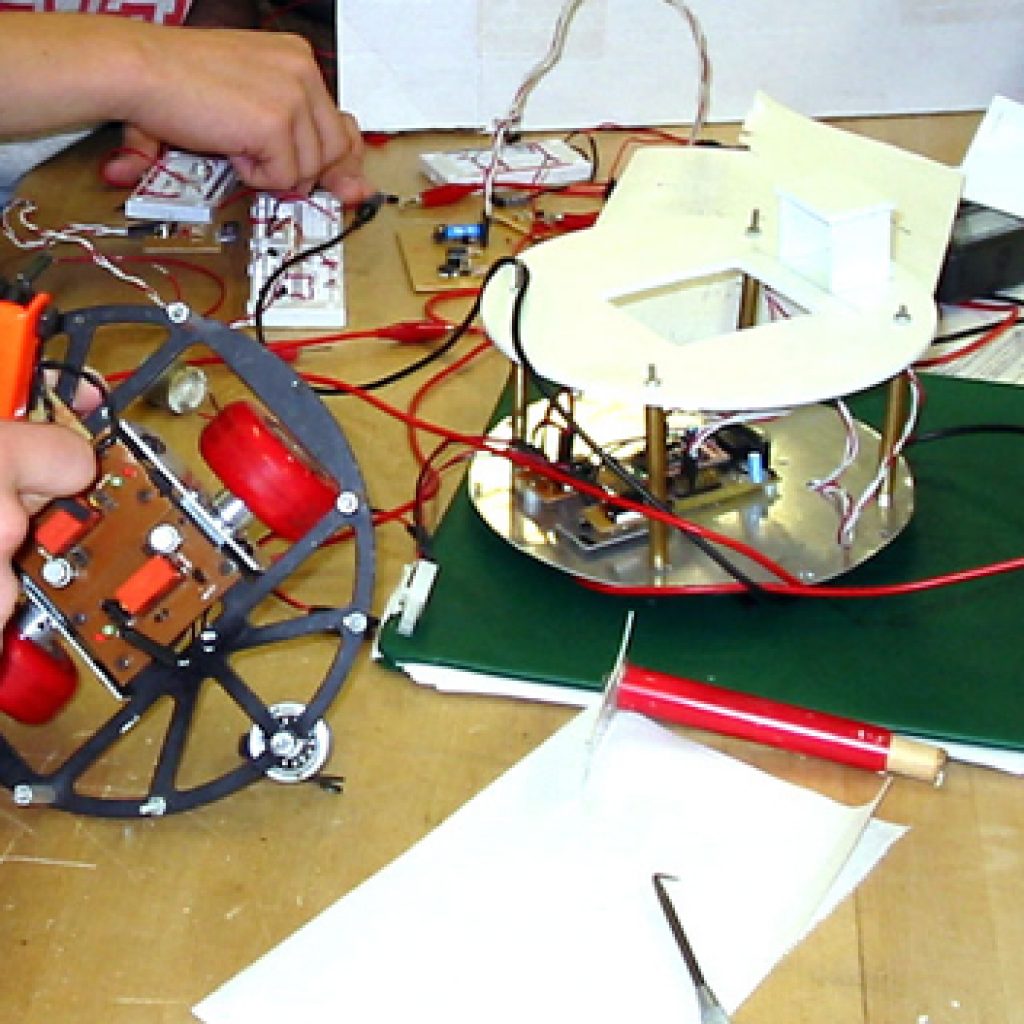New Ideas – Y Combinator
Startup Ideas We’d Like to Fund
Paul Graham
July 2008When we read Y Combinator applications there are always ideas we’re hoping to see. In the past we’ve never said publicly what they are. If we say we’re looking for x, we’ll get applications proposing x, certainly. But then it actually becomes harder to judge them: is this group proposing x because they were already thinking about it, or because they know that’s what we want to hear?
We don’t like to sit on these ideas, though, because we really want people to work on them. So we’re trying something new: we’re going to list some of the ideas we’ve been waiting to see, but only describe them in general terms. It may be that recipes for ideas are the most useful form anyway, because imaginative people will take them in directions we didn’t anticipate.
Please don’t feel that if you want to apply to Y Combinator, you have to work on one of these types of ideas. If we’ve learned nothing else from doing YC, it’s how little we know. Many of the best startups we’ve funded, like Loopt, proposed things we’d never considered.
GREAT LIST. GREAT IDEAS.





